The kinds of food consumed by local people were often a great surprise to European explorers travelling in Africa. Here are several passages from the journals of Mungo Park regarding crops and foods that he found singularly weird.
Mr. Park was one of the earliest explorers in West Africa, having set out to discover and then to describe the source of the Niger River as well as its termination. He was killed on his second expedition, in 1806.
In the Foula region of West Africa:
The present inhabitants, though they possess both cattle and corn [grain] in abundance, are not over nice in articles of diet; rats, moles, squirrels, snakes, locusts, are eaten without scruple by the highest and lowest.
My people were one evening invited to a feast given by some of the townsmen, where, after making a hearty meal of what they thought fish and kouskous, one of them found a piece of hard skin in the dish, and brought it along with him to show me what sort of fish they had been eating. On examining the skin I found they had been feasting on a large snake.
Another custom still more extraordinary is that no woman is allowed to eat an egg. This prohibition, whether arising from ancient superstition or from the craftiness of some old bushreen who loved eggs himself, is rigidly adhered to, and nothing will more affront a woman of Teesee than to offer her an egg. The custom is the more singular, as the men eat eggs without scruple in the presence of their wives, and I never observed the same prohibition in any other of the Mandingo countries.
Source: Mungo Park – Travels in the Interior of Africa, Vol.1. c.1800
The following passages were recorded during his second trip.
…About four o’clock we reached Sooseeta, a small Jallonka village,…. Here, after a great deal of entreaty, we were provided with huts to sleep in, but the master of the village plainly told us that he could not give us any provisions, as there had lately been a great scarcity in this part of the country.
He assured us that, before they had gathered in their present crops, the whole inhabitants of Kullo had been for twenty-nine days without tasting corn [grain], during which time they supported themselves entirely upon the yellow powder which is found in the pods of the nitta, so-called by the natives, a species of mimosa, and upon the seeds of the bamboo-cane, which, when properly pounded and dressed, taste very much like rice.
As our dry provisions were not yet exhausted, a considerable quantity of kouskous was dressed for supper, and many of the villagers were invited to take part of the repast…
Source: Travels in the Interior of Africa, Vol 2. c.1806
Especially interesting is the use of bamboo seeds in making a rice-type food as a hunger-crop. They may have been quite lucky to have found bamboo seeds, which I expect were from Oxtenanthera abyssinica, which is a dryland species found in a belt across the Sahel as far as the Ethiopian border, and also in parts of east Africa, including here in Burundi.
I’ve collected bamboo seeds in the east of Burundi (during die-backs – see below photo) for propagation. Next time, will try eating some!

Die-back of Oxtenanthera abyssinica in eastern Burundi, followed by seed dispersal
The ‘yellow powder’ from pods of a ‘mimosa tree‘ that Park mentions sounds as if it could be the powder from pods of the baobab tree, which is quite high in Vitamin C and makes an excellent thin porridge or drink.

Baobab tree in Tanzania. Source: geoimages.berkeley.edu
Related articles
- Africa through African Eyes-And Five Books (africaunchained.blogspot.com)
- Small seed packets could play big role in Africa’s battle against drought (guardian.co.uk)
- Are Western Conservation Efforts Causing Famine In Africa? (indiancountrytodaymedianetwork.com)



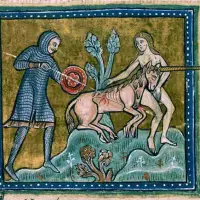

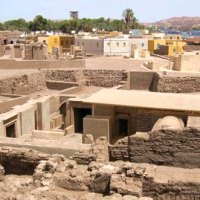
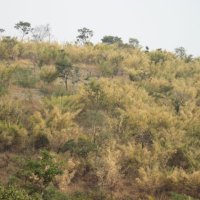

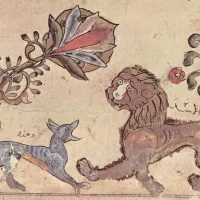


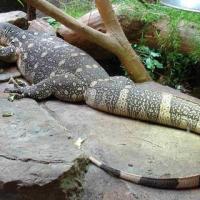
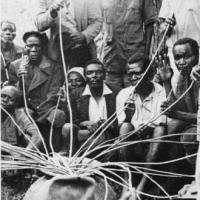













Pingback: Agriculture; Livestock; Indigenous Plants; Agroforestry – Links | DIANABUJA'S BLOG: Africa, the Middle East, Agriculture, History & Culture
Pingback: Nibbles: Hunger foods, Pollinators, Sacred Seeds, Neglected species, Grasses, Yields, Hawaiian History | | FarmIQFarmIQ
Pingback: Nibbles: Hunger foods, Pollinators, Sacred Seeds, Neglected species, Grasses, Yields, Hawaiian History